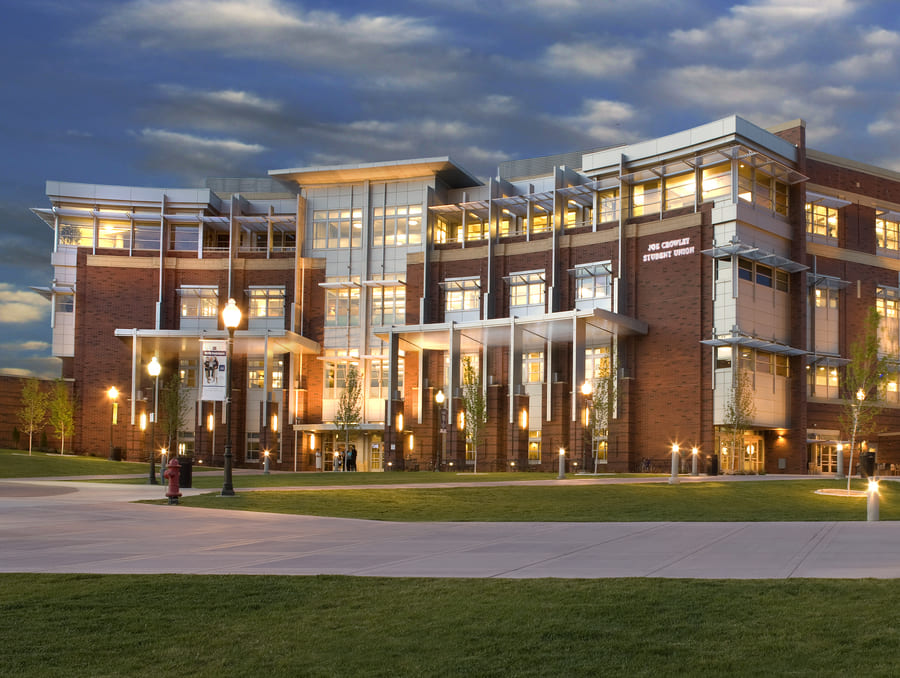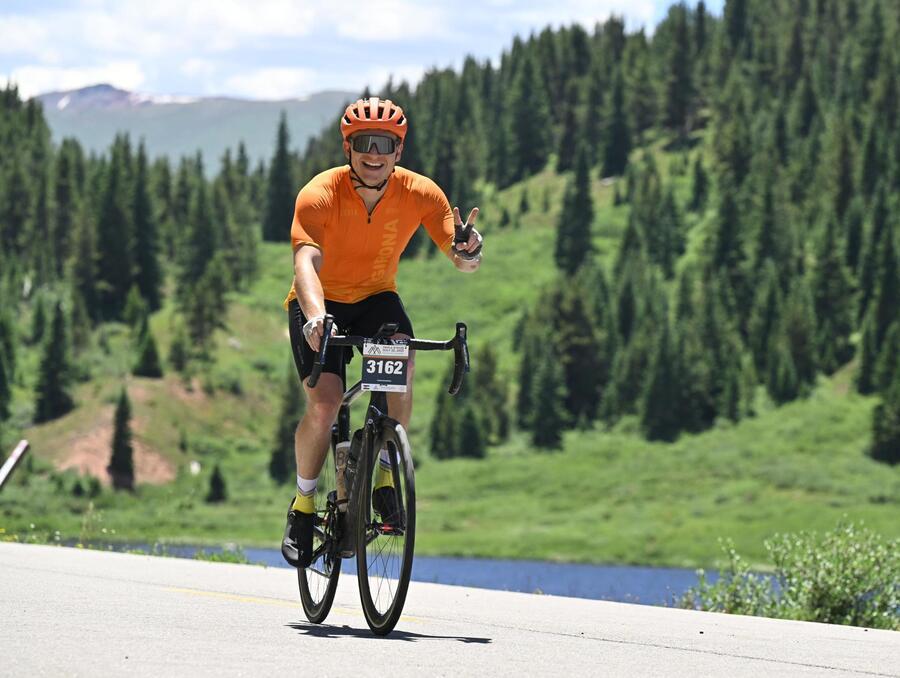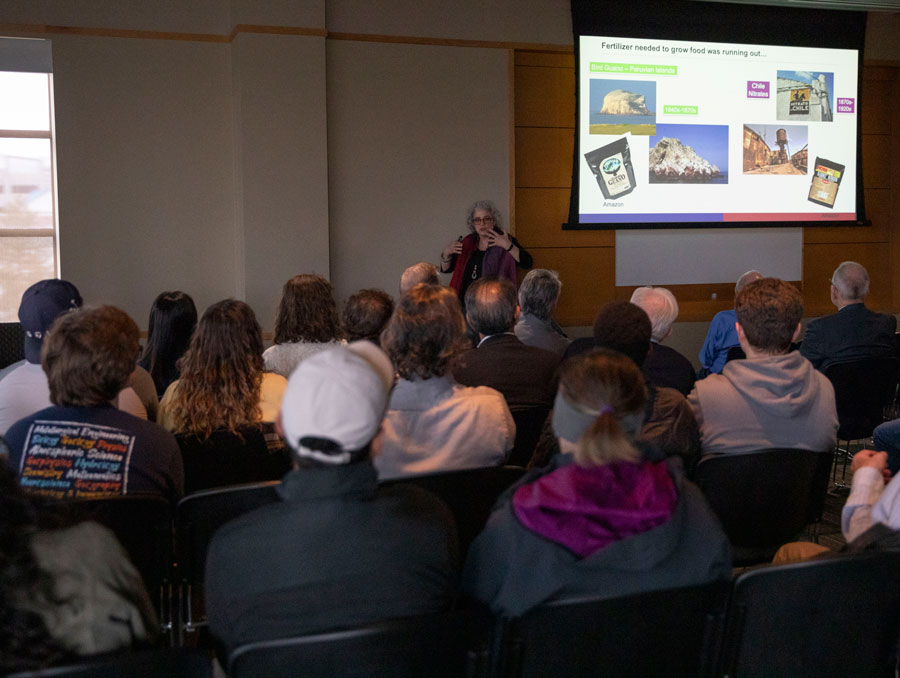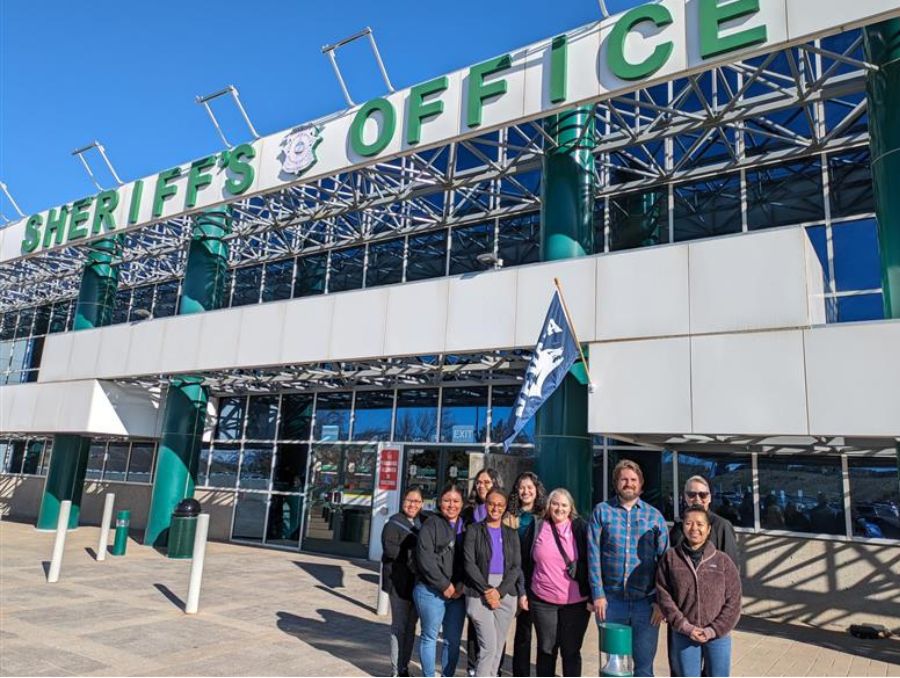Scott Tyler has a mile-long thermometer and he’s taken the temperature of Lake Tahoe, the Walker River and a creek in the Great Basin National Park.
Tyler, a hydrogeology professor in Mackay School's Department of Geological Sciences and Engineering, is using this thermometer, a standard issue fiber-optic cable, in innovative ways to study a wide variety of hydrological, climatological and geological topics in Nevada and around the world. Through this work, he is discovering new ways to apply this technology to advance environmental research.
His equipment uses a laser to send and receive certain wavelengths along the tiny glass fiber. The amount of travel time in the cable allows Tyler to determine temperature at various intervals by the wavelengths that return. It’s called distributed temperature sensing.
“I actually have about 20 miles of fiber-optic cable, and we’ve used it in a variety of new applications to find out what’s going on in the environment,” Tyler said. “If we know the temperature we can tell what’s happening in an ecosystem. It’s unbelievable the opportunities for research this has opened.”
Tyler and his crew rolled out 700 meters of cable last week in the headwaters of the Great Basin National Park’s Strawberry Creek.
“It’s a small rugged headwater creek where the park service wants to reintroduce Bonneville Cutthroat Trout, the native species,” Tyler said. The creek has a small flow rate, about 1 to 2 cubic feet per second, and the park service wanted to see if the low flows would be warm enough to support the trout population before planting the native fish.
“At the top of the stream the water temperature stayed above freezing through the night,” Tyler said. “We’ve already learned that and we still have a few days of data gathering to go.” Researchers and park personnel will be taking the temperature sensing equipment out of the park this week.
“This technology is like no other in that we can measure temperature along many points (high spatial resolution) at once and record it over a long duration at each of those points.”
In June, at Lake Tahoe, Tyler hung three cables 450 meters deep from a research boat and buoys to the lake bottom, gathering temperatures from every meter of depth. Scientists watched the fluctuating temperatures at the 100 foot level, the bottom of the “warm” water, as every 20 minutes an underwater wave sloshed back and forth across the lake while the surface water was smooth and flat.
“We’ve always known that the wind causes the water to be pushed across the lake, but we’ve never seen it before,” Tyler said. Seeing the patterns of water movement and temperature layers will help researchers understand nutrient movement at the interface of the warm and cold water, he said.
As part of the Walker Basin Project — designed to sustain the region’s economy, ecosystem and lake — Tyler and his colleagues tugged on hip waders and lowered the fiber-optic cable into the Walker River. They spooled out one kilometer of cable through small riffles of water, deeper pools and through areas of shade and sun.
“We can determine where groundwater comes into the river by the water temperature,” he said. “Due to the very high spatial resolution we can pinpoint areas impacted by sub-surface agricultural return flows or groundwater levels; we can help determine water quality or if the river temperatures are adequate for spawning.”
Walker Basin Project officials also targeted agricultural irrigation for study. Tyler and his crew loaded a spool of fiber optics onto the back end of a tractor and buried two kilometers of it on a Mason Valley field about a foot underground. Soil moisture can be measured in the upper inch of the soil with radar, but no other methods are available to measure distributed soil moisture in the root zone over a large area, Tyler said. This data will support water use efficiency studies in the basin.
Besides his work in Nevada, other applications that take advantage of the versatile properties of fiber optics are being found around the world, and Tyler collaborates with a number of researchers and universities.
These include studying caves, the dynamics of salt marshes in the San Francisco Bay, coal mine reclamation and acid mine drainage in Germany, snowpack and snowmelt studies at Mammoth Mountain Ski Area, stream/lake/groundwater interactions in Lake Tahoe and several National Parks, and studying water temperature at Devils Hole in Death Valley to help protect the endangered pupfish. He’s working on a possible project to measure deep-ice and deep-water temperatures in Antarctica. He will be spending some time in Switzerland in 2009 on several projects.
“There is a great deal of work yet to do, the potential is remarkable,” Tyler said.












